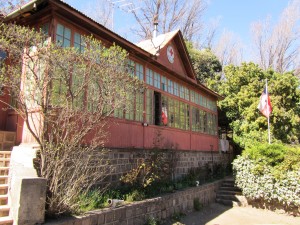More than a century ago, physicians and patients began to see some climates as beneficial to the treatment of tuberculosis and other diseases. They sought out certain high-elevation and coastal climates because they believed the local weather would help cure tuberculosis. Health resorts sprung up in places from the Swiss Alps and US Rocky Mountains to the Mediterranean coast and South American Andes. Of course people have been traveling for climate therapy for centuries, but mountain health resorts in the nineteenth century began to play a particular role for tuberculosis patients.
Carey has been studying the historical evolution of these cultural, medical, and scientific conceptions of climate in the Caribbean and South America. He has published an article about the transformation of European and US views of the Caribbean climate, noting how the once deadly seeming climate had become relaxing and salubrious by the early twentieth century.
He has an article about the history of nineteenth and twentieth century health resorts for tuberculosis patients in Peru, particularly at Jauja. His analysis shows how the medical construction of climate and the development of cures for tuberculosis were rooted not only in state of the art medicine of the time, but also in notions of race and class, imperialism and politics, economic development, and culture and landscape perceptions.
New research will focus on international comparative studies of health resorts and climate therapy, merging the history of medicine, medical geography, and climate history.
